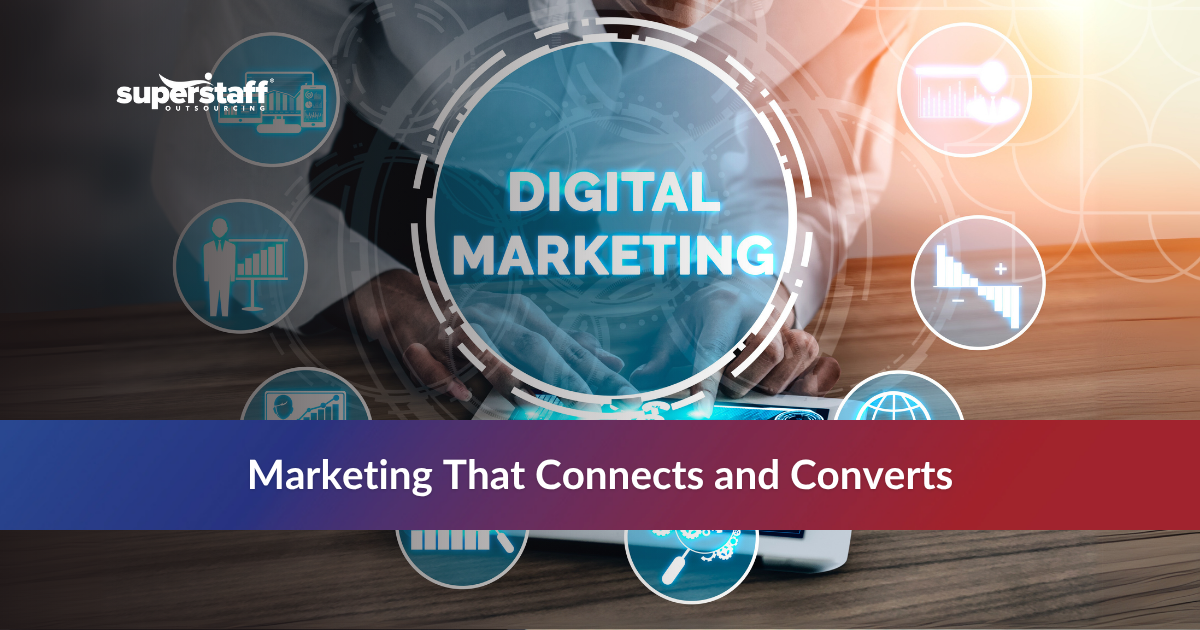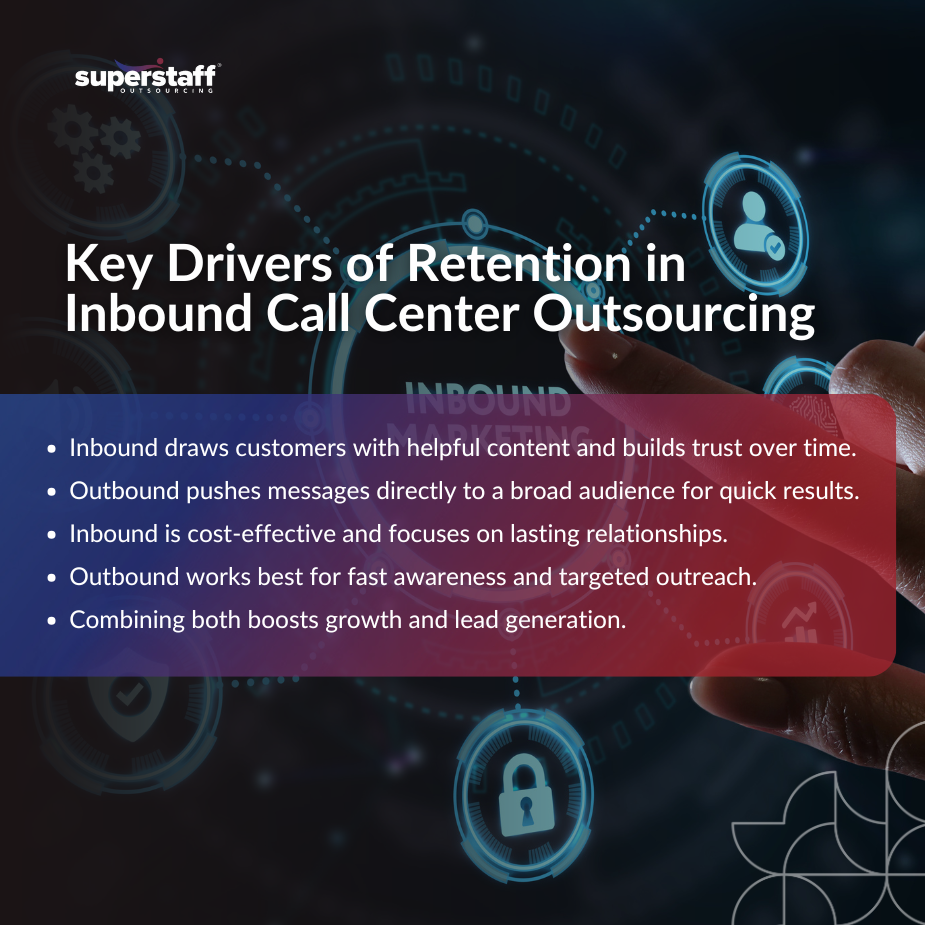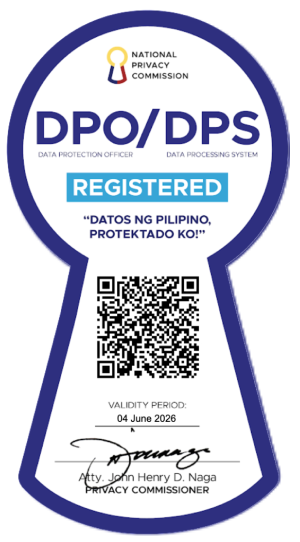
Marketing is essential for any business that wants to grow and connect with customers. But not all marketing methods work the same way. Understanding the difference between inbound marketing vs outbound marketing can help companies choose the right strategy to reach their goals.
Both aim to bring in potential customers, but they take very different paths. Inbound marketing draws people in by offering useful content and building trust, while outbound marketing reaches out directly with promotional messages to a wider audience. Choosing the right approach can save time and money and increase success.
This article breaks down the main differences between these two marketing styles with clear explanations and real-world examples. By the end, you’ll have a better idea of which marketing method fits your business and how to use it effectively.

Understanding Inbound Marketing vs Outbound Marketing
Before exploring the differences in inbound marketing vs outbound marketing, it is important to understand what each method focuses on and how they operate.
What Is Inbound Marketing?
- Attracting through content – Inbound marketing draws customers in by offering useful and relevant information. This might include blog posts, videos, social media updates, and educational material.
- Building relationships – It focuses on meeting customers’ needs and answering their questions. This creates trust and encourages customers to engage with a brand over time.
- Organic growth – Potential customers find inbound marketing naturally when searching online or browsing social media. It relies on permission rather than interruption.
- Long-term strategy – Inbound marketing works best when companies want steady growth and lasting connections with their audience.
What Is Outbound Marketing?
- Active promotion – Outbound marketing pushes messages to a wide audience. This includes TV commercials, cold calls, direct mail, and display ads.
- Reaching many people quickly – It targets a broad group of potential customers, whether they are currently interested or not.
- Faster results – Outbound marketing can create immediate awareness or generate leads more quickly than inbound marketing.
- Interruptive approach – This method often reaches customers by interrupting their day, such as through phone calls or pop-up ads, which some may find intrusive.
How They Differ in Approach
When comparing inbound marketing vs outbound marketing, the differences in approach are clear:
- Inbound attracts, outbound interrupts – Inbound marketing waits for customers to come to the business, while outbound marketing goes out to find customers.
- Permission vs unsolicited messages – Inbound depends on customer consent and interest. Outbound sends messages regardless of whether customers want them.
- Cost and speed – Outbound marketing often costs more per lead but can deliver faster results. Inbound is usually less expensive but takes time to build traction.
- Relationship building – Inbound marketing focuses on long-term engagement. Outbound marketing targets short-term responses and quick actions.
Common Tools in Inbound and Outbound Marketing
a. Inbound:
- SEO (search engine optimization)
- Blogs and articles
- Social media content
- Email newsletters with valuable information
b. Outbound:
- Television and radio ads
- Cold calling
- Direct mail campaigns
- Banner and display ads
Why Knowing the Difference Matters
Understanding the inbound marketing vs outbound marketing comparison helps businesses avoid wasting resources on the wrong approach. Selecting the right strategy ensures marketing efforts match business goals, budget, and customer habits.
When to Use Inbound Marketing
Inbound marketing works best for businesses focused on long-term growth and education. It fits well when customers need time and information before making a decision.
Ideal situations for inbound marketing:
1. Niche markets or complex products
When products or services require explanation or customer education, inbound marketing provides helpful content.
2. Customers research before buying
If buyers spend time learning about options, inbound marketing can guide them through the decision process.
3. Brand awareness over time
Inbound builds recognition gradually, helping businesses stay visible to interested audiences.
4. Lead nurturing through content
By providing useful information, inbound marketing helps turn leads into loyal customers.
When to Use Outbound Marketing
Outbound marketing is valuable when quick results or wide exposure are needed. It suits situations where businesses want to spread a message fast or reach large groups directly.
Ideal situations for outbound marketing:
1. Time-sensitive promotions or events
For product launches, sales, or special offers, outbound marketing creates immediate awareness.
2. Building brand recognition quickly
Outbound helps get the brand name in front of many people fast.
3. Targeting specific demographics
Using TV, radio, or direct mail, businesses can reach defined audience segments effectively.
4. Cold outreach when customer lists are needed
When starting new campaigns or entering new markets, outbound can connect with potential customers without prior contact.
Comparing the Strengths and Weaknesses
A complete view of inbound marketing vs outbound marketing requires understanding the strengths and drawbacks of each:
1. Strengths of Inbound Marketing
The strengths of inbound marketing include its ability to build trust and authority with customers. It generates quality leads who have shown genuine interest in the business. Over time, it tends to have a lower cost per lead. Inbound marketing also supports brand loyalty by encouraging ongoing engagement.
2. Weaknesses of Inbound Marketing
Inbound marketing requires patience and time before results appear. It depends on consistent content creation to keep attracting and engaging customers. It is less effective for urgent promotions or time-sensitive offers.
3. Strengths of Outbound Marketing
Outbound marketing creates fast awareness and quickly generates leads. It can reach a wide audience in a short time, making it useful for promotions with deadlines. It is also effective for targeting specific groups through ads or direct outreach.
4. Weaknesses of Outbound Marketing
Outbound marketing has a higher cost per lead compared to inbound marketing. It can annoy or interrupt potential customers, potentially harming the brand’s reputation. It is less effective at building long-term relationships since it focuses on immediate actions.
5. Combining Both Approaches
Most businesses benefit from combining strategies. A balanced inbound marketing vs outbound marketing approach provides quick wins and long-term growth. For instance, outbound methods can create awareness, while inbound efforts nurture leads until they convert.
Clear Answers: What Is the Difference Between Inbound and Outbound Marketing?
- Inbound marketing invites customers through helpful content and engagement.
- Outbound marketing involves directly reaching out with promotional messages.
- Inbound focuses on building trust and fostering long-term relationships.
- Outbound aims for quick awareness and fast lead generation.
- Inbound relies on permission; outbound is unsolicited.
Choose the Best Marketing Approach for Your Business Growth
To decide which marketing method fits your business, consider your goals, budget, and audience habits. Use inbound marketing vs outbound marketing as a guide to create a plan that matches your needs.
Inbound and outbound marketing serve different purposes but work best when combined thoughtfully. Inbound attracts customers by offering value and building trust. Outbound reaches customers quickly and directly. Each has its place depending on the situation.
To create a marketing strategy that fits your business, partner with experts like SuperStaff who understand both inbound marketing vs outbound marketing tactics. They can help balance efforts and design a plan that reaches your goals efficiently.






